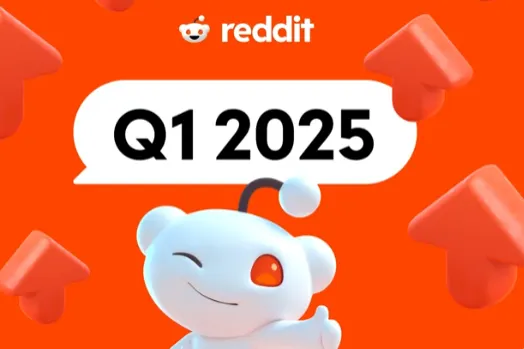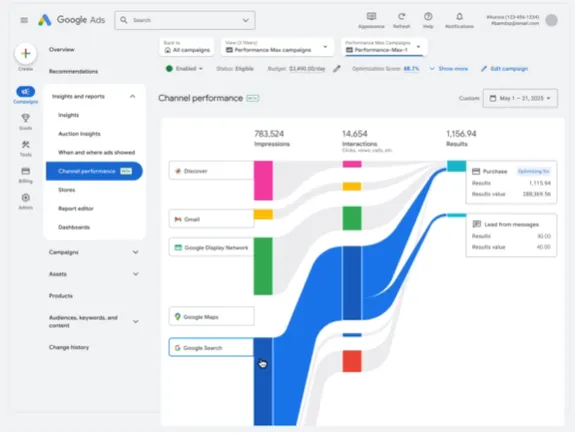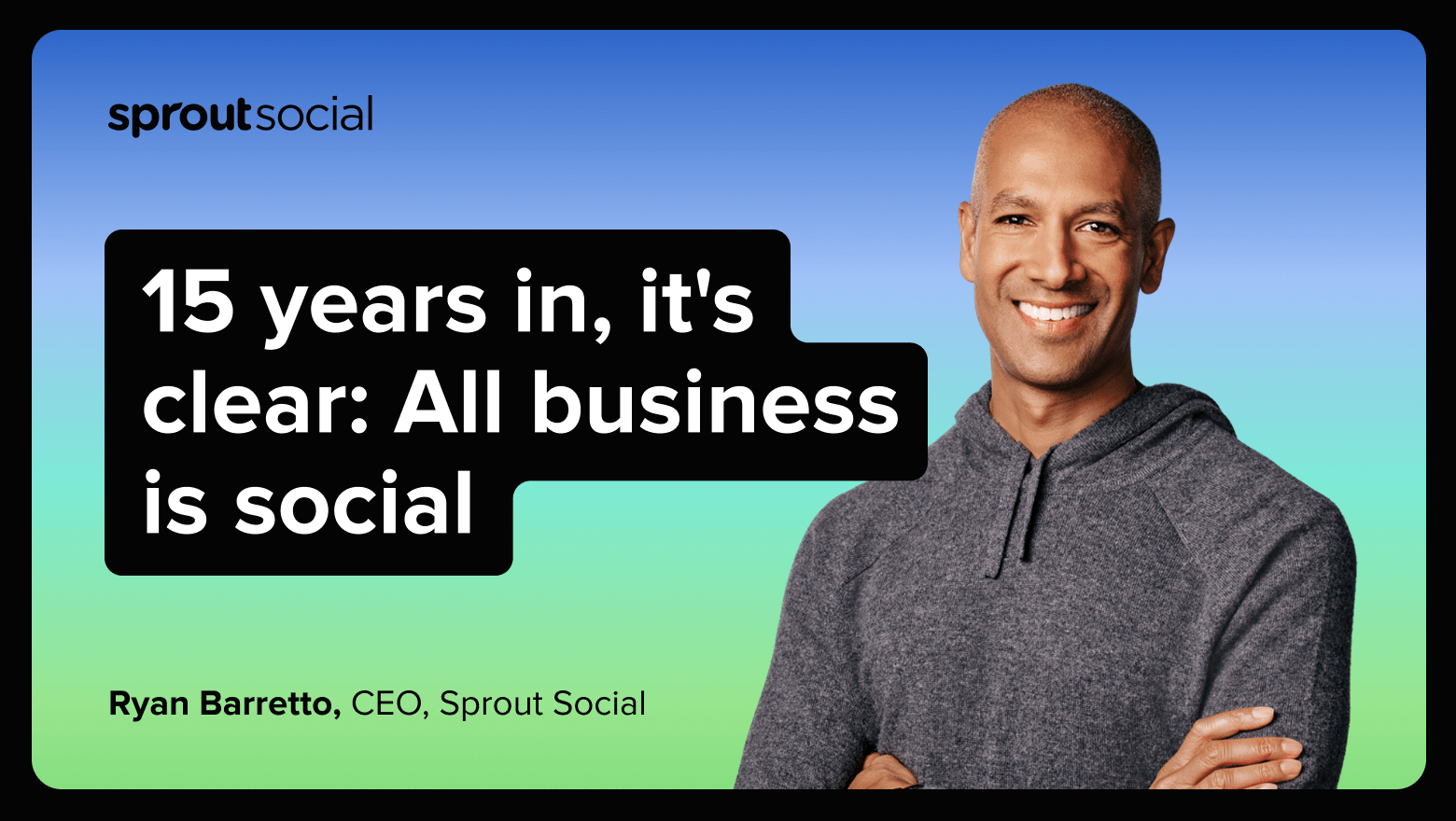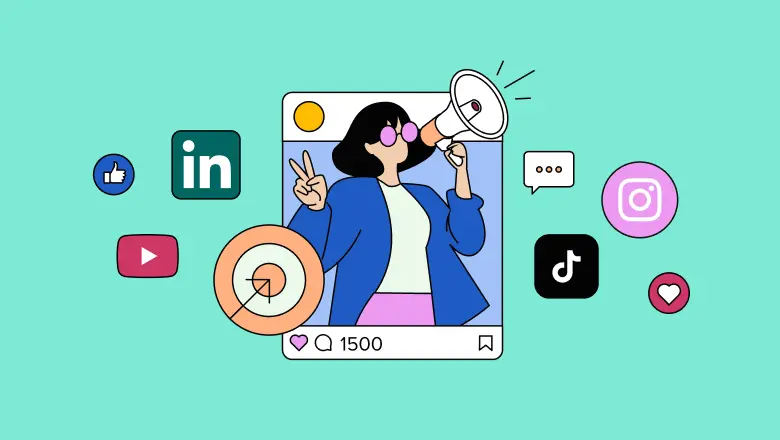How to manage your LinkedIn DMs with Sprout
According to The 2025 Sprout Social Index™, 43% of consumers have a LinkedIn profile. Benefiting both B2C and B2B brands, LinkedIn empowers brands to Read more... The post How to manage your LinkedIn DMs with Sprout appeared first on Sprout Social.
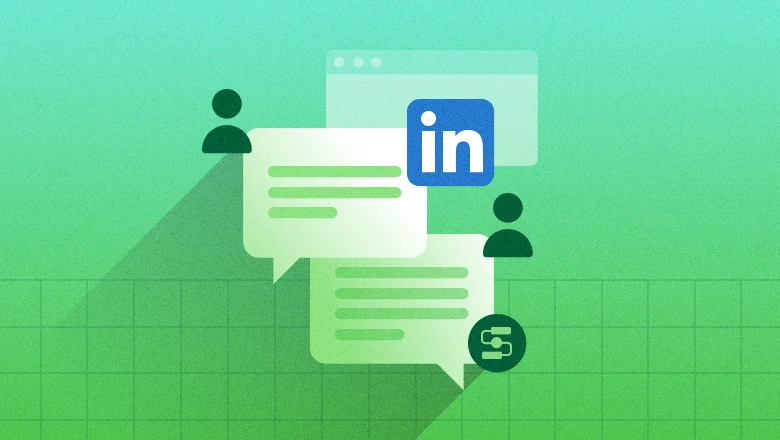
According to The 2025 Sprout Social Index™, 43% of consumers have a LinkedIn profile. Benefiting both B2C and B2B brands, LinkedIn empowers brands to build relationships, generate leads and boost sales. But to reap those rewards, companies need to master using and managing LinkedIn direct messages (DMs).
In this guide, we break down the benefits of LinkedIn DMs for brands, along with the dos and don’ts of managing them. We also explain Sprout’s role as a LinkedIn marketing tool and how to use it to the fullest.
How LinkedIn DMs can help your brand
Whether you’re looking to form new relationships, drive leads or better connect with your existing customers, LinkedIn messages can help you do it. Let’s take a closer look at the key benefits LinkedIn DMs can offer your business:
Networking opportunities
Per Sprout’s 2024 Social Media Content Strategy Report, LinkedIn users don’t just use the platform for job-hunting—they also use it for networking.
LinkedIn is ideal for brands looking to expand their influencer networks because he platform enables you to follow, connect and engage with influencers via LinkedIn DMs. This is a great way to build relationships with influencers that can lead to collaborations, such as sponsored posts or brand ambassadorships. It also opens up access to new markets, boosts brand awareness and generates more leads.
LinkedIn is also an excellent place to network with other brands. Say a company attended your brand’s recent event and posted about it, you could then follow the business’ page and send a DM thanking them for being there. A small bit of recognition can foster strong relationships and encourage future participation.
If you’re a Premium user, you’ve got even more networking power. Premium members have access to InMail, which enables you to message users you’re not connected to. Because it provides you with access to people outside your network, InMail is ideal for expanding your professional circle.
Lead generation and sales
Whether your business is B2C or B2B, LinkedIn is a powerful lead generation tool.
LinkedIn DMs help you access these leads. LinkedIn Message Ads enable you to deliver targeted messages to prospects with customized calls to action (CTAs). You can set your campaign objective, track its performance and adjust accordingly. For instance, if your goal is to increase sales, use LinkedIn’s conversion tracking to see how your message ads are driving purchases.
Customer engagement and support
Through LinkedIn DMs, you can engage directly with customers and provide support—the latter of which is a top priority for users, according to The 2024 Social Media Content Strategy Report.

Let’s say a customer sent you a LinkedIn DM about a product or service issue. You could use LinkedIn messaging to understand the issue better, apologize for the inconvenience and provide solutions. You could also answer any additional questions they may have. This level of personalization by using LinkedIn DMs will help you improve customer experience, which could increase retention rates.
Measure impact
LinkedIn DMs can also help you measure your business’ impact in various areas. To see them, you need to analyze the relevant metrics.
For instance, message volume offers ample insights. It helps you understand how many users are sending you DMs, identify engagement trends and optimize these insights for future strategies to engage with customers or prospects accordingly.
Similarly, looking at your team’s reply rate can tell you how fast your team is responding to customers’ messages. You could prepare answers to expected FAQs, have support staff on standby or automate replies to handle the influx better.
7 Best practices for effective LinkedIn DM communication
Eager to embrace the power of LinkedIn DMs? Here are some best practices for you to pique people’s interest and spike your response rates:
1. Personalize your messages
Personalizing your LinkedIn messages can increase your acceptance rates by 40%.
When reaching out to other brands, tailor your message to each business based on your goals. Mention recent company updates, shared industry challenges or mutual goals. Including these specific points shows that you’ve done your research and have a clear understanding of the recipient’s business priorities.
You should also personalize replies to customer LinkedIn DMs. Per a 2021 McKinsey study, 71% of consumers expect businesses to deliver personalized experiences. To meet this expectation via LinkedIn DMs, use the customer’s name, include their order number (if applicable) and offer customized solutions to their problems.
2. Keep the messages engaging
Brands are busy; they don’t have time to read lengthy messages or sift through irrelevant details. In your LinkedIn DMs, be succinct and include only pertinent information. If appropriate, ask questions about their pain points, operational strategies or business development goals.
While your messages should be compelling, they should also reflect your brand voice. AI tools can significantly optimize tone alignment. For example, Sprout’s Enhance by AI Assist feature enables you to adjust the tone and length of your messages within your Smart Inbox. With tools like these, you can inject all your LinkedIn DMs with your brand voice in just a few clicks.

3. Mirror the recipient’s communication style
Staying true to your brand voice is key; however, you can (and should) be adaptable. Communicate slightly differently with different brands based on their preferences. Some have more sophisticated identities, making formal LinkedIn messages appropriate. Other companies are more relaxed and casual. Adapting to each brand’s preferred communication style can foster stronger connections.
To gauge a brand’s ideal communication style, look at its LinkedIn profile. Read past posts, noting tone and word choices. Do they use sophisticated language and technical jargon? Or do they use humor and colloquialisms? Follow these cues when writing your LinkedIn DMs, blending their communication style with yours.
4. Provide value first
When sending LinkedIn messages to fellow brands, lead with value. For instance, say you recently conducted a survey that shed new light on a shared problem within your sector. Or you’re hosting a webinar for industry leaders to share expertise.
Offering valuable data, insights or invitations shows you understand the needs and objectives of the business. It also shows that you’re willing to help meet them with nothing promised in return. Such sincerity can help you stand out and gain their trust faster.
5. Time your messages right
Strategically timing your LinkedIn messages is just as important as timing your LinkedIn posts. Choosing the right day and time can improve both response and engagement rates.
Per LinkedIn data, Monday is the best day to send LinkedIn messages. However, LinkedIn DMs sent from Sunday to Thursday all hover within 1% of the global average response rate. But on Fridays and Saturdays, response rates dive by 4% and 8%, respectively.

Source: LinkedIn
6. Follow up
If you haven’t received a response, consider sending a follow-up message. Don’t rush this; wait at least two or three days so the recipient doesn’t feel overwhelmed.
Be friendly, professional and concise. Briefly recap your previous message and reiterate why you’d like to connect. If possible, include a clear CTA. Whether it’s booking a meeting or registering for your upcoming event, communicate the next step you’d like them to take.
7. Be ethical
When sending LinkedIn messages, transparency is key. Be upfront about your intent, whether it’s to network or learn about the company. Include a clear, accurate subject line so the recipient knows where you stand.
You also need to be mindful of privacy and confidentiality. Never ask for sensitive business information, such as customer names, supplier details or revenue. Doing so is inappropriate and ineffectual, as it’s unlikely you’ll get a reply.
Common mistakes to avoid in LinkedIn DMs (beyond basic best practices)
Now that you know what to do when crafting LinkedIn DMs, let’s explore what not to do:
Not aligning brand and tone in messages
Your brand identity and tone must be consistent across all platforms, including LinkedIn. Staying loyal to your brand voice conveys authenticity, which improves brand recognition and fosters trust.
In your LinkedIn messages, choose your words, sentence structure and punctuation marks strategically. For example, if your brand is known for its quirky and enthusiastic personality, it may be appropriate to use humor and exclamation marks. In contrast, a formal message could confuse or unsettle your recipient.
If in doubt, cross-reference your message with your company’s style guide and past communications to ensure alignment.
Ignoring follow-ups or being overly persistent
If you haven’t gotten a response, message the recipient again within a few days. In both B2B and B2C interactions, a simple follow-up can go a long way.
Brands have many messages to sift through across platforms, meaning LinkedIn DMs can fall through the cracks. By offering a friendly reminder of your message, you’ll ease their organizational burden. Following up also shows you’re genuinely interested in forming a connection, which can improve response rates.
Follow-ups can also improve B2C interactions on LinkedIn. Say a customer sent you a DM complaining about a defective product. You replied, assuring them that a replacement would be sent. Your follow-up could be as simple as asking if they received the replacement or need further assistance. That extra message can help improve customer satisfaction rates and inform how to handle future complaints.
Regardless of the recipient, stick with one friendly follow-up message. If they don’t reply after a few days, move on.
Immediate hard-selling
Your LinkedIn DMs should feel like a conversation, not a cold call. While a conversion or business opportunity may be your ultimate goal, avoid launching straight into a pitch. This approach can feel off-putting because it shows you’re more interested in selling than connecting.
Instead, focus on developing meaningful relationships with fellow brands. Start with something valuable or relevant like an insight about your industry or target demographic. As your relationship progresses, you can discuss more strategic business matters, such as content collaborations, sponsorships or referrals.
Grammatical errors and typos
Whether you’re engaging with other brands or customers, accurate spelling and grammar are crucial. They ensure clear communication and display professionalism and credibility..
You can’t edit LinkedIn messages once you’ve sent them, so it’s vital to proofread. Review the text to ensure all the spelling, grammar and details (such as the recipient’s name) are correct. For added peace of mind, run your message through a grammar-checking software like Grammarly before sending it.
Forgetting mobile optimization
Approximately 70% of LinkedIn users access the platform (including their DMs) on their mobile devices. So, if yours aren’t optimized for mobile, there’s a good chance the recipient won’t be able to read them.
Write a short, eye-catching subject line. Keep the message itself concise; no more than a few sentences. Include the most important information at the beginning of the message in case the recipient doesn’t read the full message.
To test your DM’s mobile optimization, send the message to yourself first. Open it on the LinkedIn mobile app to see its formatting and refine it as needed.
How to manage LinkedIn DMs with Sprout Social
You can improve your LinkedIn inbox management by centralizing all your conversations in Sprout’s Smart Inbox. Because it houses all your social media conversations in one place, the Smart Inbox enables you to view, organize and respond to messages with ease. By streamlining your workflows, this integrated approach helps to ensure you never miss an engagement opportunity.
Here are four simple steps to set up and manage your LinkedIn inbox within Sprout.
Step 1: Access LinkedIn Page DMs in your Smart Inbox
To access and interact with your LinkedIn Page DMs, click the Message Types tab in your Smart Inbox.

Required prerequisites
To receive Page DMs in your Smart Inbox, make sure that your LinkedIn Page has Direct Messages enabled. LinkedIn’s privacy settings must also be configured correctly.
Reauthorizing profiles
If you manage multiple LinkedIn profiles, you can set up your Smart Inbox so that the DMs for all these accounts show up in the same place. To do this:
- Click
 to expand the notifications drawer.
to expand the notifications drawer. - Visit the Profile Issues
- Click on the notification for your LinkedIn account.
- Click Reauthorize. A pop-up will then appear; this will send you to LinkedIn so you can confirm the reauthorization.
- Click Ok.
After you’ve been redirected, complete the authorization process. Once it’s complete, you’ll be able to access your LinkedIn Page DMs in your Smart Inbox.
Step 2: Reply to a LinkedIn Page DM
To respond to LinkedIn DMs:
- Go to your Smart Inbox.
- (Optional) In the Filter Menu, select the LinkedIn profile(s) you’d like to view.
- Click

- to reply to a LinkedIn message. The reply screen will then appear.
- Type your response into the field.
- After reviewing your message, click Send or Submit for Approval. The option(s) available to you will depend on your team’s workflow and your access level.
Step 3: Apply filters to the Smart Inbox
Applying filters to your Smart Inbox eliminates clutter and streamlines your messaging activities. You can use these filters to prioritize and assign conversations or to only show certain types of messages.
For instance, if you want to focus only on organizing and responding to your LinkedIn DMs, use the Message Type filter and select Direct Messages.

You can also create a custom Inbox View that only features DMs.
Step 4: See expired content
LinkedIn messaging data can only be stored in the Smart Inbox for six weeks. After that, the content will no longer be visible. Instead, you’ll receive a message flagging that the DM can’t be loaded, as seen below.

However, if you need to reply to a DM that’s older than six weeks, you can. Clicking the timestamp will open the message on LinkedIn; you can then respond to it there.
Benefits of LinkedIn inbox management in Sprout
Sprout’s LinkedIn integration offers several functions, including publishing, response management, productivity tools and analytics. With this comprehensive social management tool, you can seamlessly share posts, engage with your audience and measure brand performance.
Streamlined inbox
Because Sprout’s Smart Inbox is centralized, you’ll have all your social messages in one place. That means no more switching between social networks and no more messages getting lost in the shuffle.
But the Smart Inbox doesn’t just consolidate your messages—it helps you cut through the social noise. With the help of advanced filters, tags and notes, you can organize your inbox in a way that works for your team.
Team collaboration and workflow
The Smart Inbox also helps to streamline collaboration in several ways. One is conversation assignment, where you can allocate certain LinkedIn DMs to specific team members. Another is Collision Detection, which displays real-time notifications to avoid duplication of work. For example, if you try to reply to a message at the same time as a colleague, the Collision Detection notification will appear in the reply modal.

Reporting and analytics
Get a high-level overview of valuable LinkedIn analytics with the Inbox Activity Report. From message volume trends to average response times, these details will help you assess how well your team manages your messages.
You can also configure the report according to criteria like message sentiment, thanks to Sprout’s sentiment analysis. With this tool, you can easily track the emotions behind messages and identify trends to inform future strategies.
Optimized LinkedIn strategy
Having all your LinkedIn message data in one place empowers you to make smarter strategic decisions. For example, you might notice that your team responds promptly to product inquiries but slower to service complaints. By spotting these patterns, you can fine-tune your approach, reallocate resources and make sure every DM gets the attention it deserves.
How to measure the success of your LinkedIn DMs
Ditch the guesswork and get to the bottom of your LinkedIn DM performance in three steps:
Measure key metrics
By monitoring relevant metrics, you’ll be able to see if and how LinkedIn messages are affecting your page’s success.
Pay close attention to engagement metrics, such as response volume, average response time and response sentiment. Doing so will give you insight into key trends; maybe certain messages are getting more or quicker replies.
If you run LinkedIn Message Ads, you should also track metrics like clicks and conversions to learn which ads are most effective.
Use analytics tools
Both LinkedIn’s native analytics and third-party tools like Sprout provide valuable data on your LinkedIn DMs and overall profile. Some key metrics include follower growth rate, engagement rate and conversion rate.
With this data, you’ll see whether you’re on track to meet your LinkedIn key performance indicators (KPIs).
Conduct A/B Testing
To figure out which LinkedIn Message Ads perform best, experiment with different subject lines, CTAs and times. Once you’ve run the test, you can compare the results and draw insights to inform future messages.
Build meaningful relationships with LinkedIn DMs
When used correctly, LinkedIn DMs have the power to create meaningful connections, nurture leads and improve customer experiences.
Luckily, with the help of these tips and Sprout’s Smart Inbox, managing your LinkedIn messages doesn’t have to be overwhelming. By streamlining your LinkedIn inbox management, you can focus on what matters most: forging relationships that drive results.
Eager to try it yourself? Start your free 30-day trial today.
The post How to manage your LinkedIn DMs with Sprout appeared first on Sprout Social.




























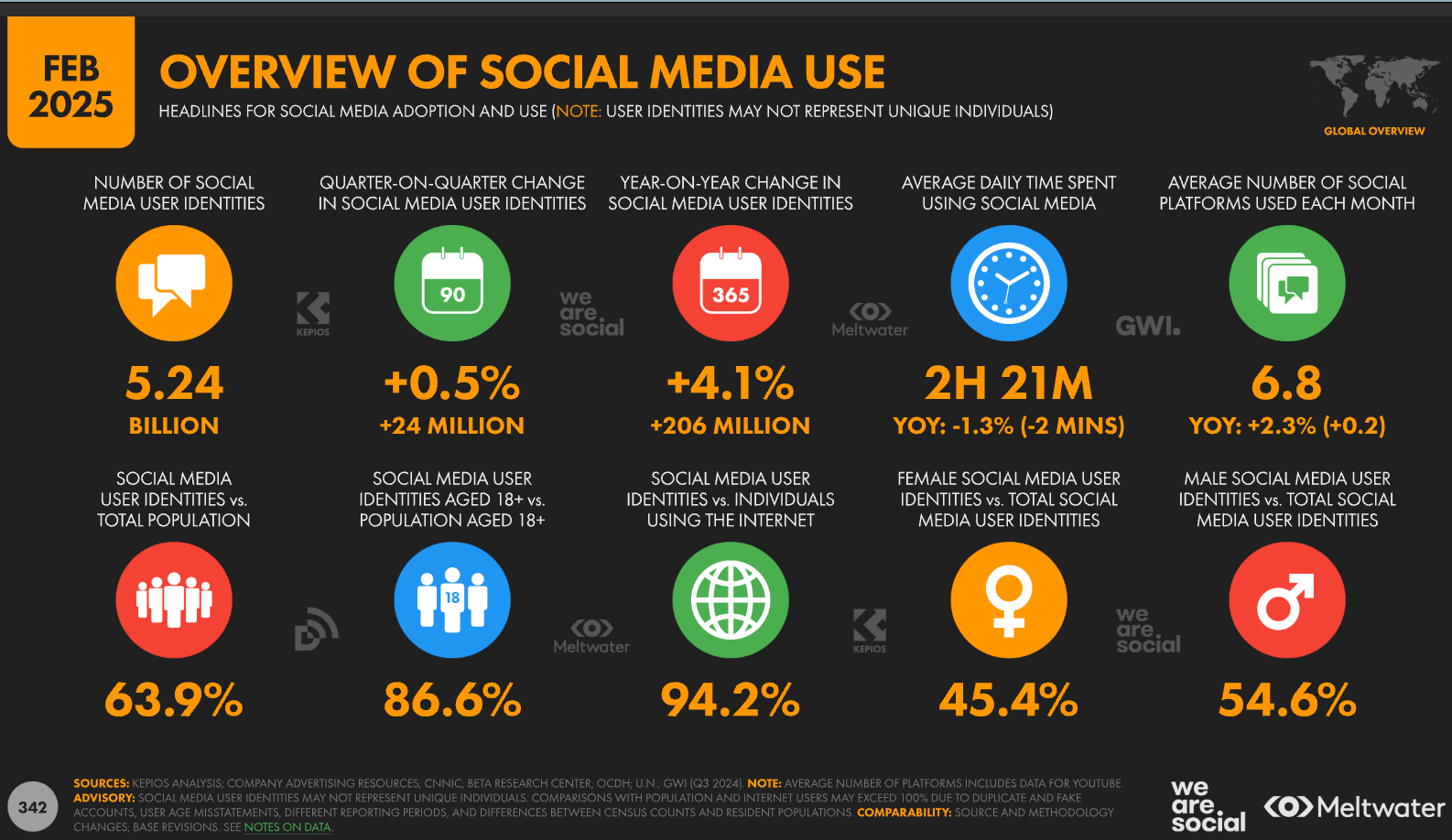
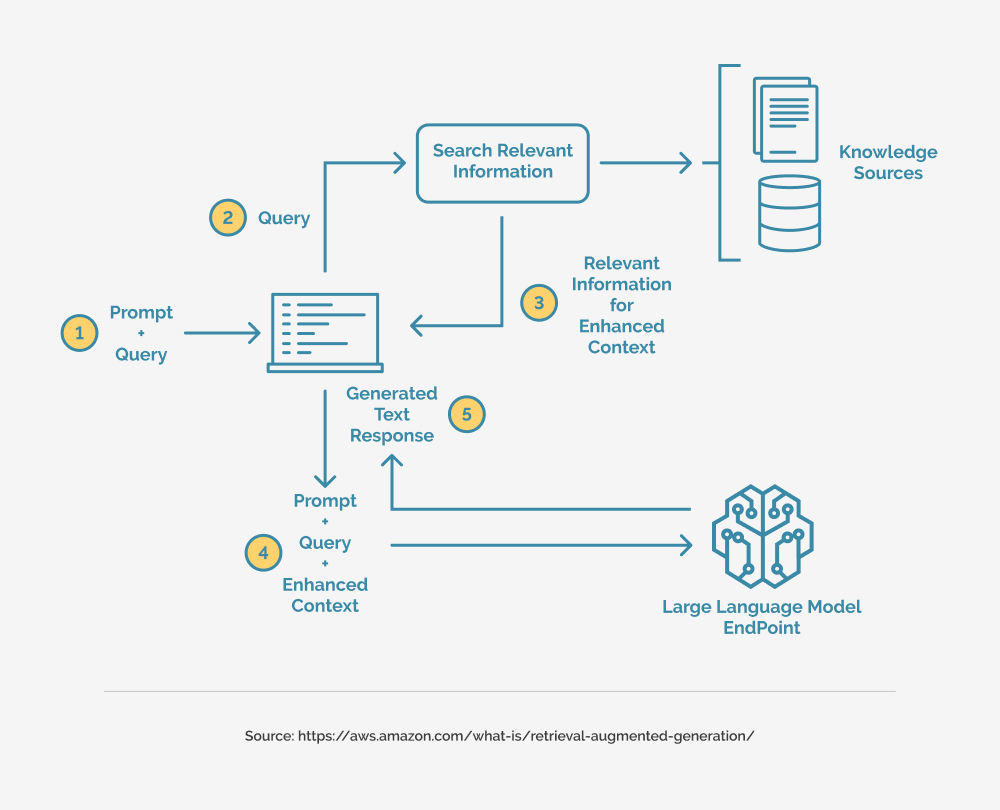
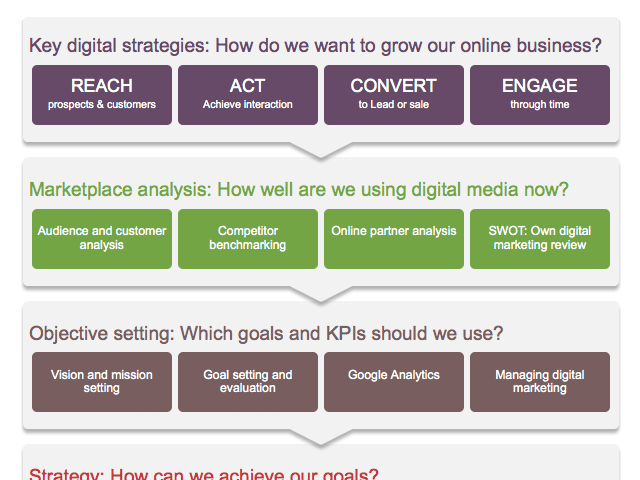













![The 11 Best Landing Page Builder Software Tools [2025]](https://www.growthmarketingpro.com/wp-content/uploads/2024/04/best-landing-page-software-hero-image-1024x618.png?#)





























![What Is Generative Engine Optimization [Tips & Workflows To Do It]](https://moz.com/images/blog/banners/What-Is-Generative-Engine-Optimization-Tips-Workflows-To-Do-It-1.png?auto=compress,format&fit=crop&dm=1745607929&s=6f75f1f02c531af0f80acb12517c8bab#)
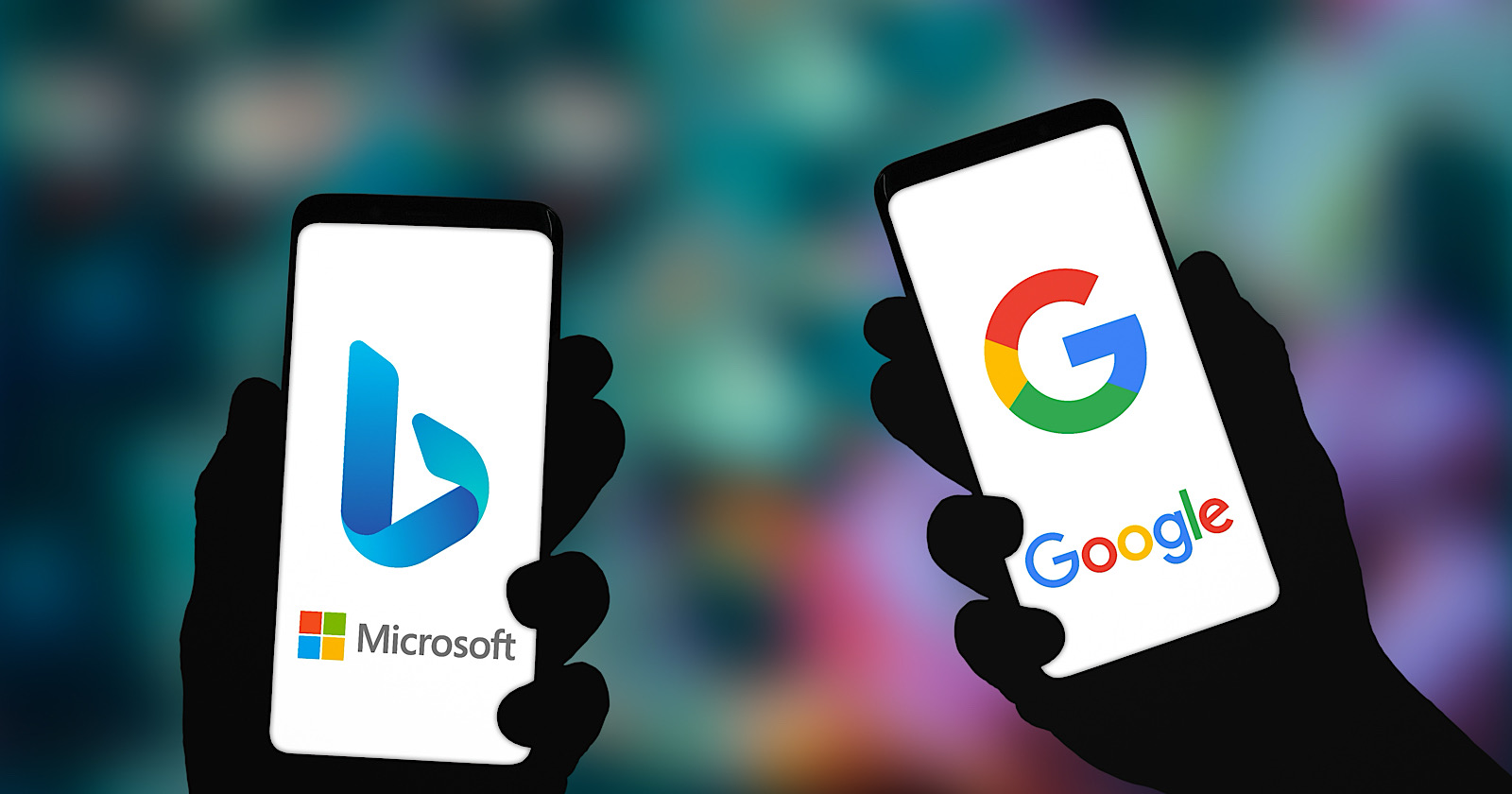
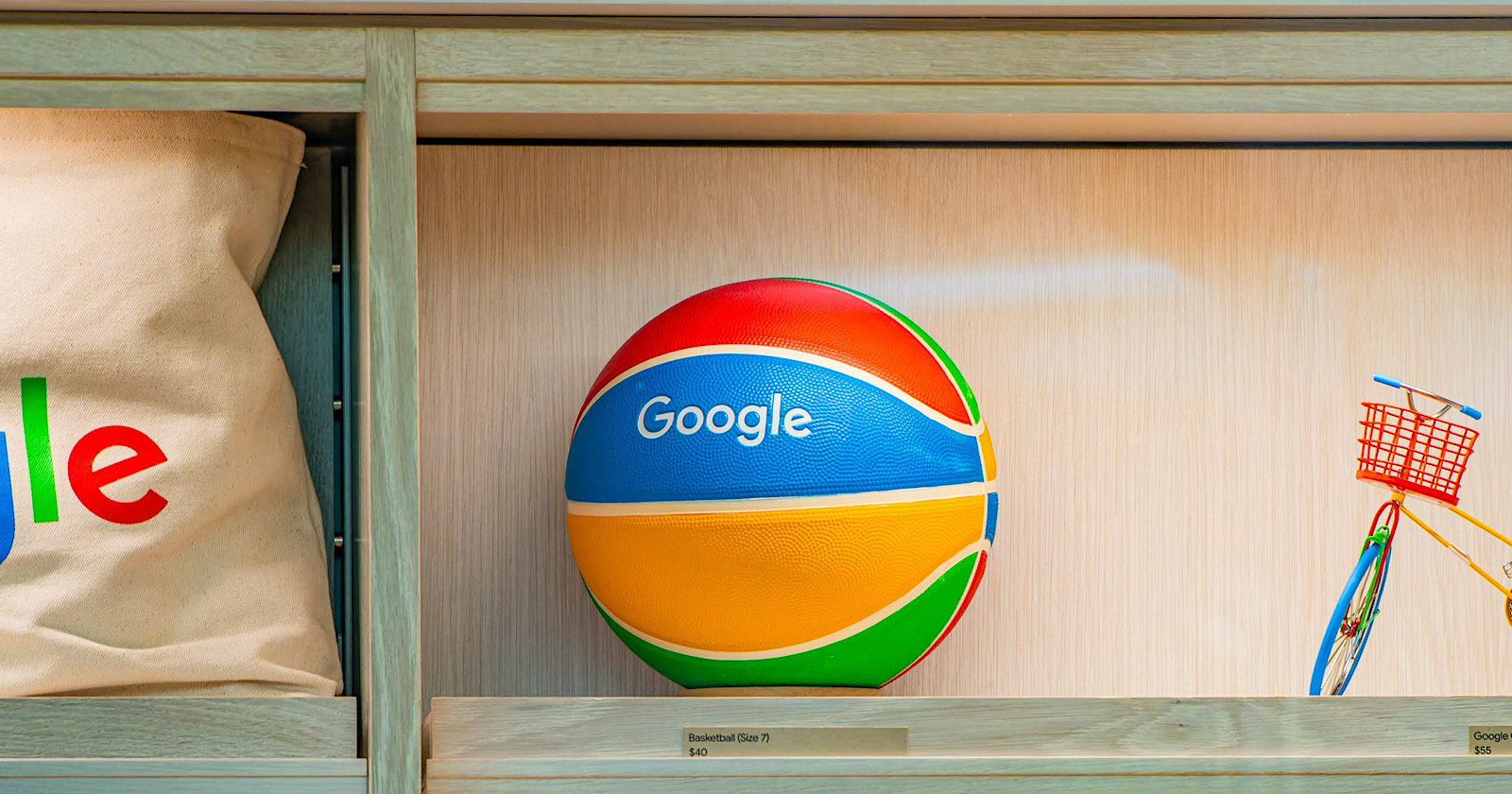

















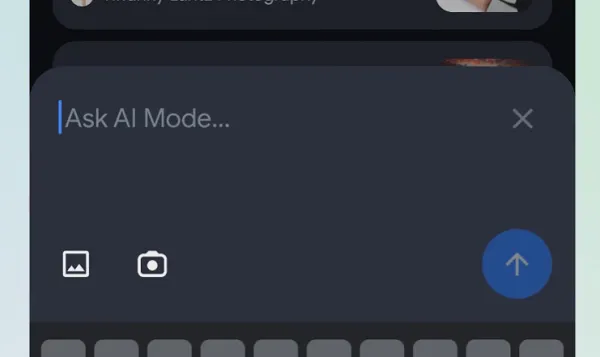

![Social media image sizes for all networks [May 2025]](https://blog.hootsuite.com/wp-content/uploads/2023/01/Social-Media-Image-Sizes-2023.png)


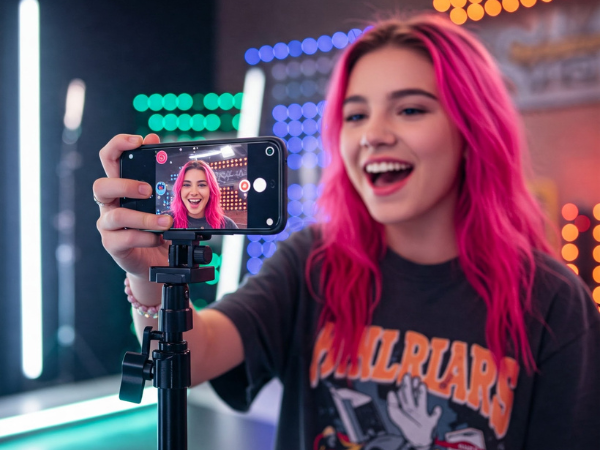
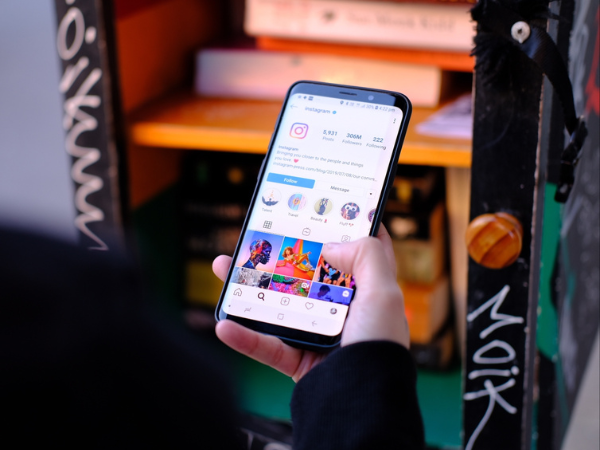








![How to create an infographic in PowerPoint [free templates]](https://www.hubspot.com/hubfs/Untitled%20design%20%2885%29-2.png)












